Theresa Schenker (New Haven, Connecticut), pp. 56-75
2025 Issue 1
Abstract
All German teaching in the United States often focuses primarily on Standard High German with little attention paid to German varieties and dialects (Ruck 2017; van Kerckvoorde 2012). While textbooks tend to include a cursory look at Swiss and/or Austrian German (Abrams & Schiestl 2017), students often have little opportunity to get to know the dialectal landscape of German-speaking countries let alone the meaning of dialects for the community where they are spoken. In order to help students understand the German language in all its variety, two projects were incorporated in an advanced German class on the History of the German Language taught at a private college in the US. These projects allowed students to learn about dialects in German-speaking countries directly from speakers of different variants. This article outlines both projects whose goal was to provide students with opportunities for language practice with German speakers in Germany while at the same time allowing them to gain insights in German dialects and variants and their connection to identity. One project included interviews with dialect speakers, an analysis of the interview, an introduction of the dialect on a course website, and an in-class presentation. The second project consisted of three videoconferences with senior citizens in Germany. The article will also present students’ feedback gathered to assess their experience with the projects and their effects on learners’ language skills and understanding of dialects. Lastly, the article presents further suggestions for teaching about dialects that can help to provide a more nuanced view of German language speakers around the world.
